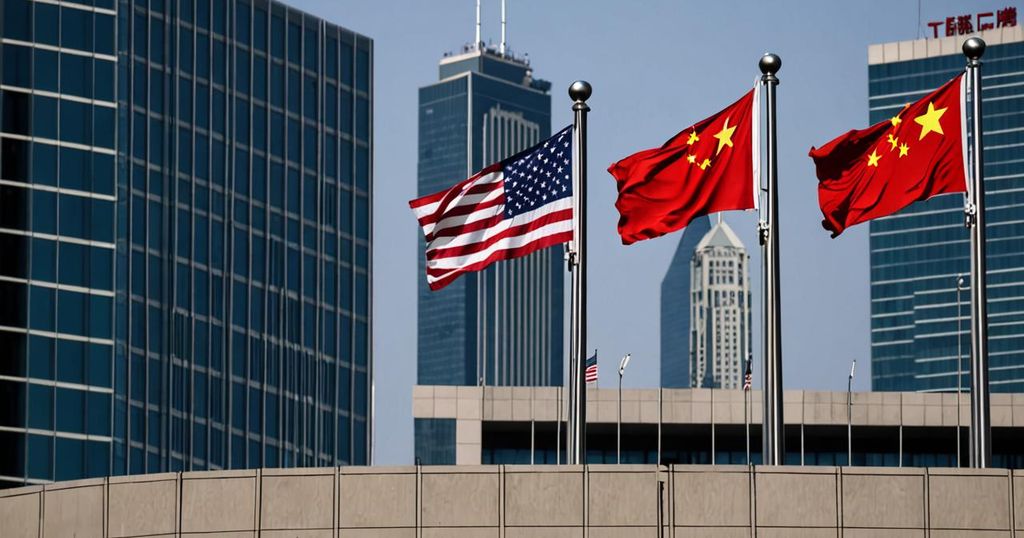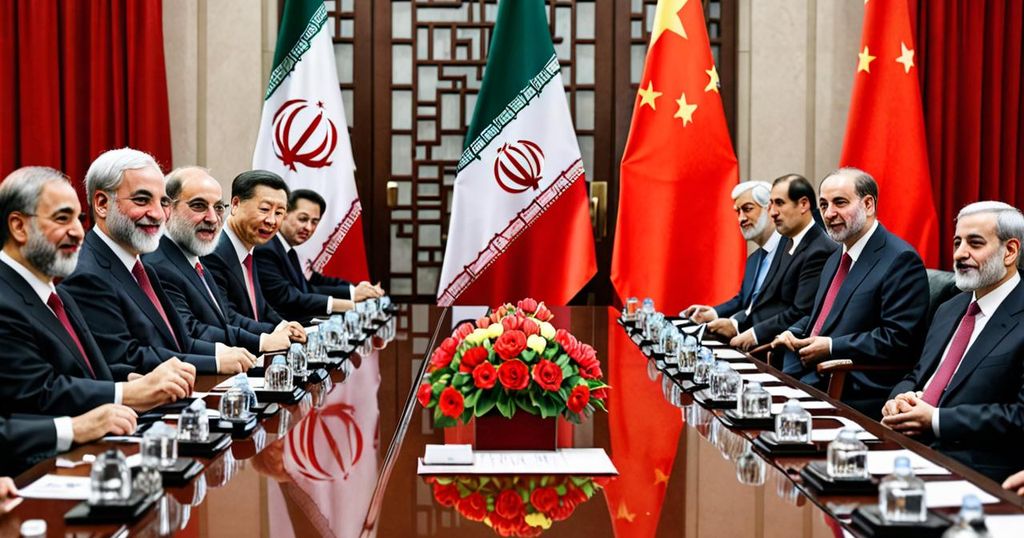The United States has been taking major steps to address Chinese technology and telecommunications companies in line with its foreign policy and national security objectives. Various government departments have imposed new regulations and directives to counteract China’s influence in the global technology sector and protect U.S. national security interests. President Biden recently issued an Executive Order that will limit outbound U.S. investments in Chinese technology companies associated with sensitive national security-related technologies. This is the most recent development in the U.S. government’s crackdown on Chinese technology.
The U.S. has also enacted new export control regulations that target advanced computing, integrated circuits, and semiconductor manufacturing items. This has had a significant impact on international supply chains and global trade. In addition, there are now stricter restrictions on Chinese telecommunications and technology companies operating within the U.S., with the establishment of a Secure and Trusted Communications Networks Reimbursement Program by the Federal Communications Commission (FCC) and the enactment of the 2019 National Defense Authorization Act (NDAA), which prohibits federal agencies from procuring certain covered telecommunication equipment or services from Chinese entities.
Furthermore, the U.S. has actively used restricted party designations to target Chinese military-industrial complex companies, resulting in over 600 Chinese entities being listed on the BIS Entity List and over 65 Chinese parties being designated on the Non-SDN Chinese Military Industrial Complex List. These designations restrict the export, reexport, or in-country transfer of certain items subject to U.S. export regulations.
Given the increasing tensions between the U.S. and China, it is crucial for U.S. technology and telecommunications companies, government contractors, and investors to stay abreast of the evolving U.S. regulatory landscape. The U.S. government’s enforcement posture has become more aggressive and robust, and organizations need to actively monitor regulatory updates to ensure compliance with the new regulations.
The U.S. government’s actions are part of a broader effort to limit China’s influence in the global technology space. The ongoing technology cold war between the U.S. and China is expected to continue, with both countries pursuing initiatives to protect their respective interests, including efforts to ease tensions and negotiate solutions on trade and investment issues.
In conclusion, the U.S. has implemented various regulatory measures to target Chinese technology and telecommunications companies, and this has significant implications for U.S. businesses and investors. It is important for companies to seek legal guidance on the impact of these regulatory restrictions and stay informed about any developments in the U.S.-China regulatory space.
If you have any questions regarding the impact of recent U.S. regulatory restrictions on Chinese technology, including with respect to outbound investment restrictions, export control regulations, sanctions designations, government contracting requirements, telecom restrictions, or related legislation, please do not hesitate to reach out to a member of Womble Bond Dickinson’s International Trade & National Security or Communications, Technology & Media teams.








